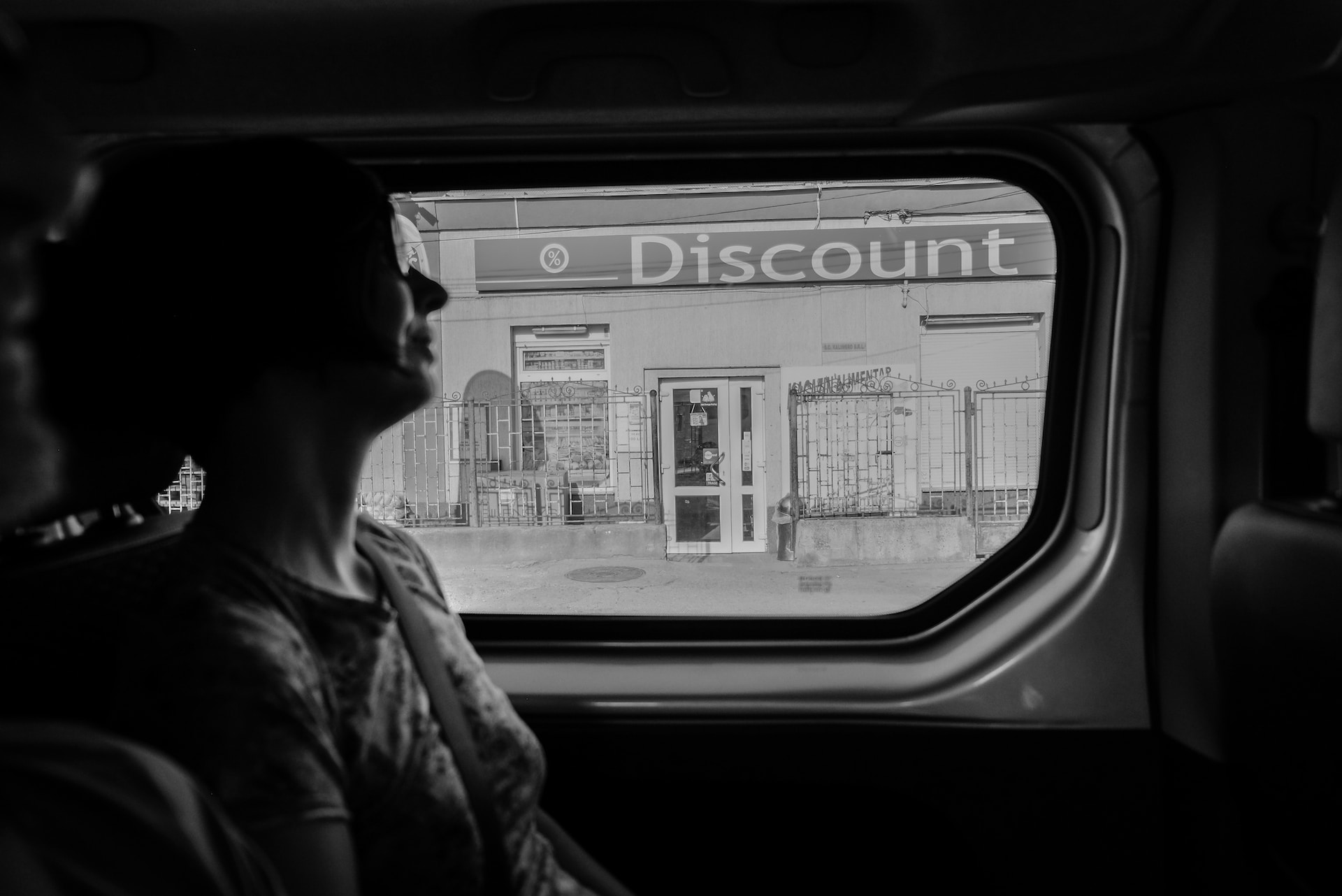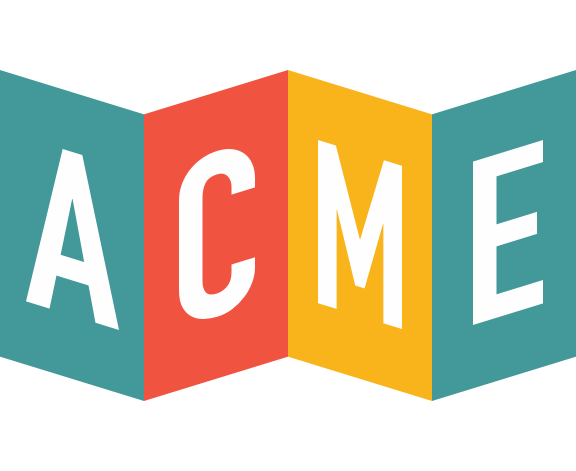
Developing Your Discount Schedule For Ticketed Events
If you’re thinking about integrating discounts into your ticket sales strategy as a nonprofit or cultural institution, you should be looking at discount schedules as a part of your strategy.
As a nonprofit or cultural institution, you should implement discounts thoughtfully and tactfully. A 5-10 percent discount across all events and tickets may not seem like a lot, but when you only have a 15-25% profit margin, that kind of discount can cut a significant percentage of your profit margin.
Additionally, fixed discounts can hurt your perceived value to visitors, members, and donors. You want to implement a discount strategy that encourages more ticket sales and event attendance, but you need to do in a way that doesn’t tarnish your value to visitors and members.
What is a Discount schedule?
You can use a discount schedule to generate volume-based discounts based on the number of tickets or memberships sold, or based on other volume-measured rates. We’ll mainly discuss quantity discounts since those are the most relevant to cultural institutions and nonprofits (ticket sales), but a discount schedule can also include things like tiered discounts based on total spending or another metric. For example, if you’re selling something like yarn or rope, you can implement discounts based on how many feet of X product a customer buys.
For our purposes, we’ll look at tickets, events, memberships, fundraisers, and more.
How does Quantity Discounting work?
Quantity discounts are automated discounts that buyers can earn when they purchase a set amount of tickets. For example, you might structure your quantity discount through the following discount tiers:
- 0-5 tickets–full price
- 6-10 tickets–10% off
- 11-20 tickets–15% off
- 20-30 tickets–20% off
For memberships, you can provide discounts based on how many consecutive months someone has been a member. You might offer a discount in the following structure:
- 3 months as a member–10% off an upcoming event
- 6 months as a member–15% off an upcoming event
- 12 months as a member–30% off an upcoming event
What not to do when quantity discounting tickets for events
It’s important to limit the possibility of discount abuse. While you want to make your quantity discount strategy attractive, you need checks on your discounts so they don’t get out of hand. For example, you don’t want the kind of quantity discount that scales indefinitely.
You need a cap on both the number of tickets sold and the rate of your discounts, otherwise, you can start reaching 50% off rates for a large number of discounts, which will severely cut your revenue. More importantly, immense discounts can diminish the value of your brand and your events. Customers are willing to pay for experiences and products they value, so discounting should strike a balance between driving sales and preserving your value as an institution.
Special Tips for nonprofit organizations discounting tickets for events
Looking for ways to get the most out of your discount schedule strategy? The following tips should help you
Use your discount strategy as an opportunity to drive new members/visitors. If you have strong loyalty among your members but aren’t growing at the desired rate, consider leveraging quantity discounts with guests. For example, you might offer 10% off when a member brings 2-5 guests, 15% off when they bring, 6-10 guests, and 20% off when they bring 11-15 guests.
You can also leverage quantity discounts to increase engagement. When guests or members make several consecutive event or fundraiser attendances, you can implement a scheduled discount.
Why creating a discount guideline for your nonprofit ticket events is important
It’s important to have a guideline so that your team can implement discounts into your system without any issues or technical problems. As we stated above, it’s not hard to let discount schedule structures get out of hand, so things like having a cap on how much a guest/member can earn are necessary.
It’s also important to encourage more engagement among members/guests, and using fundraising tiers, donations, and ticket sales is a great way to promote further involvement from your community.
Ticketed event discount schedule example
We’ve already mentioned a few ways to implement discount schedules into your plan, but let’s look at a few examples for fundraising and donation campaigns.
If you’re running a fundraiser, you can offer discounted events based on how much donors give. The nature of your discount will depend largely on who your audience is and the scale of your fundraiser, but a fundraiser discount schedule might look like this:
- $50-$99 donation–10% off membership or event
- $100-$249 donation–15% off membership or event
- $250+ donation–20% percent off membership or event
A tiered membership discount might look like this:
- Bronze membership signup–10% off an event
- Silver membership signup–15% off an event
- Gold membership signup–20% off an event
These are the best kind of discounts because they ask for a significant contribution from your donors and members while also contributing to future growth. Memberships already come with fees and the average donation is around $100, so you are generating value without hurting your own perceived value in the eyes of guests, members, and donors through these models.
How Acme can help you with your quantity ticket discount schedule
ACME’s all-in-one ticketing solutions comes with all the discount integration features that public-facing nonprofits and cultural institutions need.
ACME has seamless discounting capabilities that divide discounts by individual and recurring coupons, tiered membership discounts, organizational discounts, discount schedules, and more.
Click here to learn more about how ACME can help you drive ticket sales, donations, and memberships through discounts.

